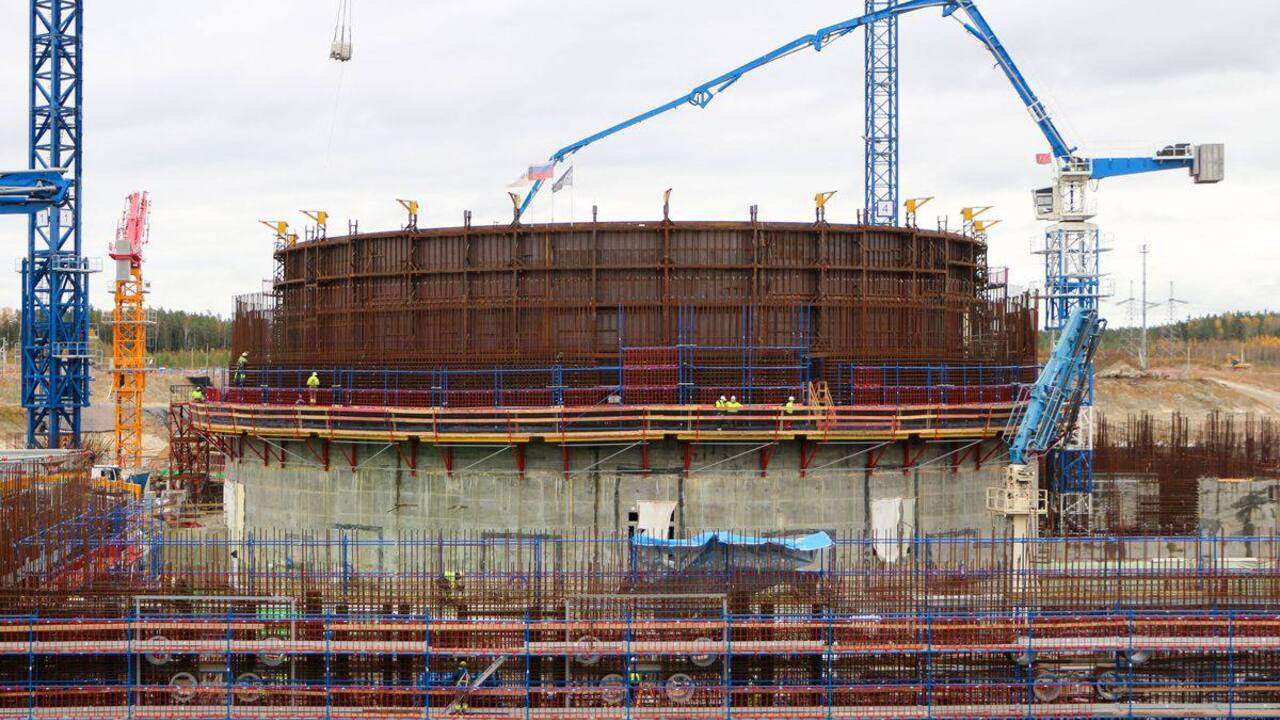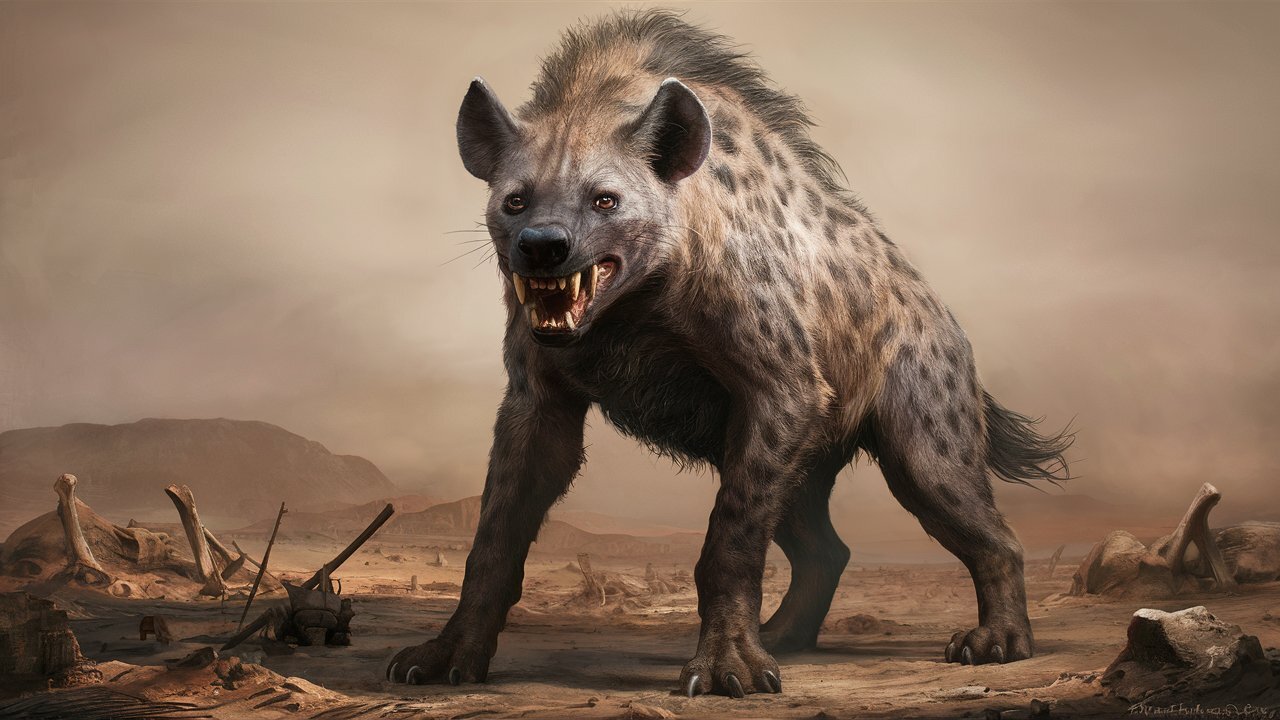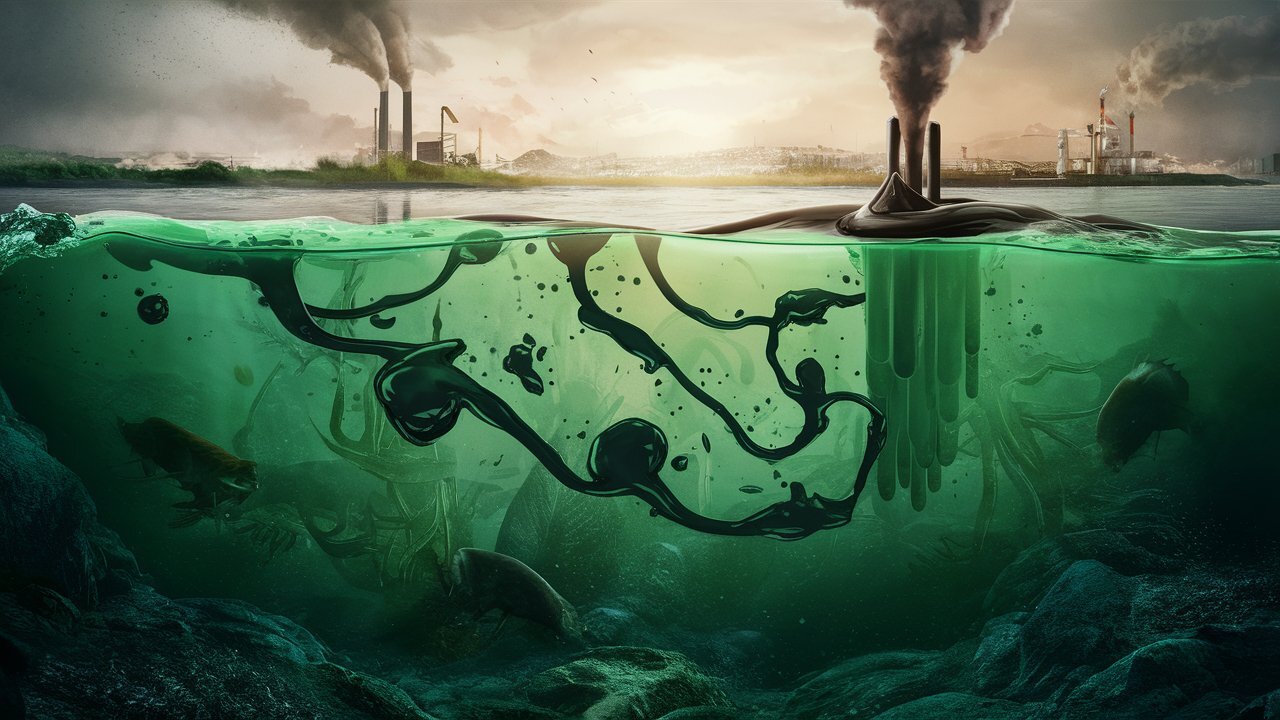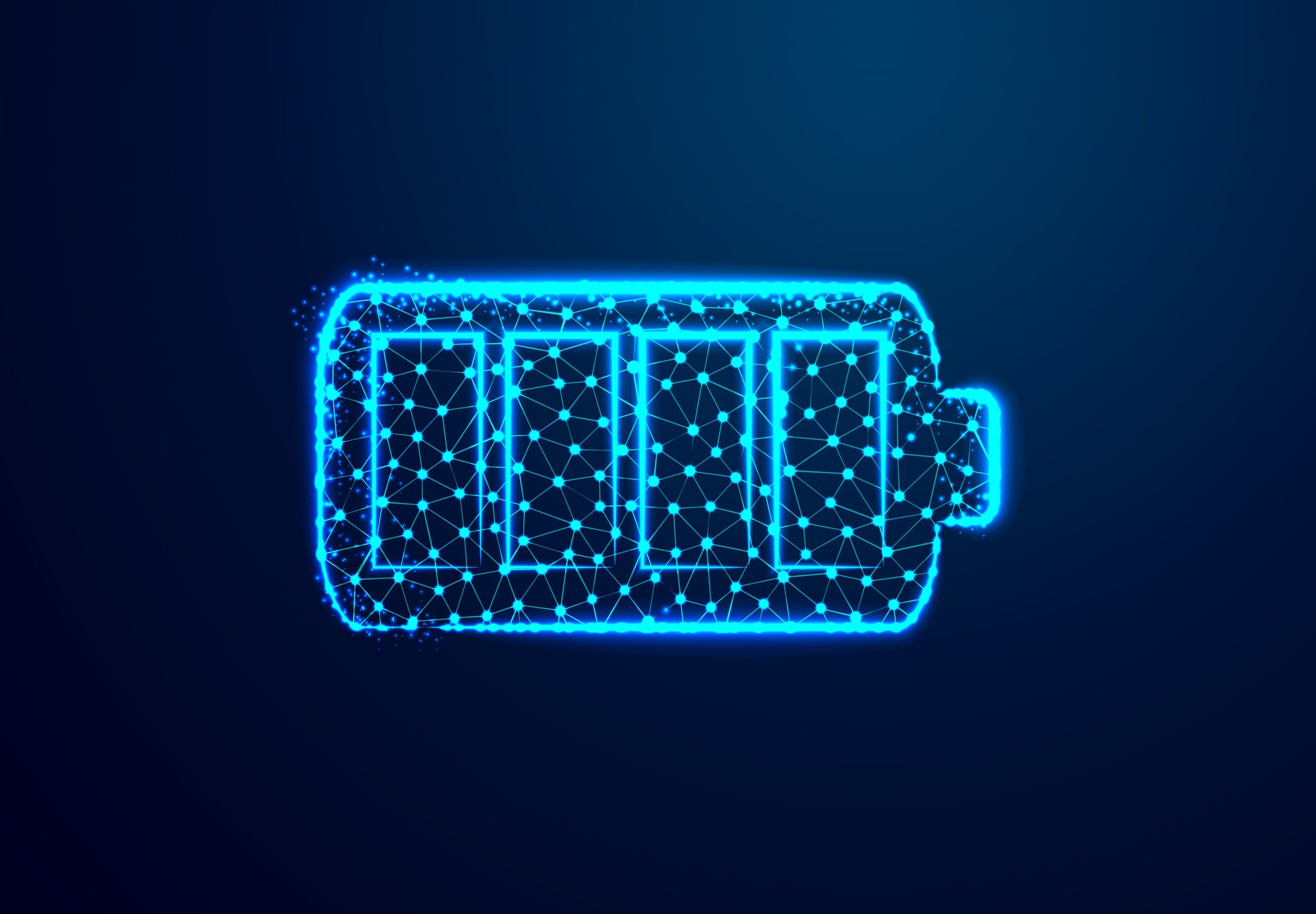Every day, free samples of the stars that surround us fall in some corner of the Earth. And they arrive as a cosmic messenger, the result of multiple processes that launch these rocks from asteroids and planetary bodies into orbits around the Sun, in which they move for tens of millions of years, until, after carom, they finally find our planet. The fall of a meteorite, heralded by brilliant fireballs, presents us with amazing stones that carry a message from the far reaches of the solar system.
Its extraterrestrial origin fascinates us. Most of us humans will never reach space, and no one will ever be able to visit all the worlds where meteorites come from.
In experienced hands, meteorite minerals provide scientific information that can delve into the past. They tell about the formation of asteroids and planets at the beginning of our planetary system, long before the formation of the Earth.
Through dating minerals formed by water alteration, we know that carbon-bearing chondrites were the first hydrated bodies in the solar system before the existence of the Earth. Even the tiny components within that formed before the Sun speak to us, telling us the history of our galaxy. Containing pre-solar grains and some isotopes that are decay products of radioactive elements formed in other stars, we know that the Sun was born in an association of stars more massive than itself.
In this way, we can extract from them fascinating stories waiting to be told. For this reason, the space sciences branch turns to its study and cataloging, including as representative samples of the bodies from which they come.
Rocks that survived a sudden encounter with the Earth
They have a hard time in their sudden and painful encounter with our planet. Rocks that cross the interplanetary medium reach the roof of the atmosphere at hypersonic speeds – between 11 and 72 km/s – for this reason they experience friction with the atmosphere and a process called ablation. That’s how the luminous phase we call fireball or fireball at which more than 95% of the original mass is usually lost, and the rock tends to crush, crumble and evaporate.
The good news is that the Earth’s atmosphere provides protection for these projectiles so that they can fragment efficiently without being dangerous. In fact, meteorites have such low thermal conductivity that they cool down when they fall: the myth is that they reach the earth incandescent.
We could agree that these amazing stones, brought from the far corners of our planetary system, should become the property of all. Any country that is passionate and respectful of science is taking steps to preserve this legacy given by Mother Nature. Spain included them in the Geological Heritage Law, and since then meteorites that fell in Spain have been protected by law. They must be known, kept, and their sale is illegal.
we know where they come from
CSIC has made technological advances applicable to the digital detection of these luminous phenomena in order to identify and catalog the fireballs that meteorites sometimes produce. Some of them are getting as bright as the Moon, and we track them from the CSIC Fireball and Meteorite Research Network (SPMN), which has maintained an updated list for over 25 years as a result of a citizen science project.
Recreating their trajectories, we measure the degree of their depth and survivability, calculate the places of a possible fall. In addition, we are reconstructing their orbits in the solar system to understand the dynamic routes they take to reach Earth.
For example, seventeen years ago, for the first time in Spain and for the ninth time in the world, it was possible to reconstruct the orbit of a meteorite, the ordinary chondrite Villalbeto de la Peña. Since then, the orbits of other meteorites have been obtained, expanding our knowledge of the origin of these rocks.
So far, CSIC has detected and identified the last four meteorite impacts in Spain: Ardon (1931), Villalbeto de la Peña (2004), Puerto Lapis (2007) and, most recently, Traspena (2022). .).
Most meteorites reach Earth in a roundabout way after they break away from their parent body, in an asteroid-stricken area called main beltlocated between the orbits of Mars and Jupiter. This is exactly what happened to the metric-sized rock itself, which caused the fall of Villalbeto de la Peña.
By measuring its age from cosmic ray exposure, we concluded that it took about 48 million years to reach our planet, as it was launched earlier by another impact on the surface of its parent asteroid. A real game of space billiards.

Where and how to find meteorites
Finding meteorites is not easy. They are not common and are quickly destroyed when they are on the surface of the earth. The reason is that they contain reactive minerals to the action of water and atmospheric oxygen. For this reason, they easily oxidize, weakening the consistency of the rock, which eventually breaks down.
As Phil Bland’s research has shown, only in desert areas these processes are minimized due to the dryness of the environment and last longer. But, as if the task at hand were not enough, the recognition of a meteorite will also depend on knowing how to distinguish it from certain terrestrial rocks and minerals, which, changing under the action of the elements, take on the shape and shades reminiscent of a meteorite (in the world, the Anglo-Saxons are known as meteors).
Its CHARACTERISTICS
Meteorites partially or completely possess a thin melting crust that forms upon entry into the atmosphere. This layer is less than a millimeter thick, usually dark or black, and changes over time. They also typically have flat surfaces and rounded edges due to the friction they are subjected to as they move through the atmosphere at high speed.

Due to excess pressure, they suffer when penetrating into the deepest and densest layers of the atmosphere. They are fragmented, and some show their inner part, where shiny metal grains are usually found. If they’ve just dropped, their smelting crust is dark and the ore is bright, making them easier to find.
Meteors are also usually heavier than terrestrial rocks. In case of doubt, we do not recommend any test that destroys or alters the sample, even without exposing it to a magnet, so as not to change its main magnetic field.
Experts will give a quick answer and inform you about the procedure for recognition as a discoverer if it really was a meteorite. As an anecdote, let’s recall the meteorite to which we gave our name Ardon in 2014. A small chondrite that fell in 1931 in front of a girl who miraculously preserved it for 80 years.
Where should meteorites fall?
In any case, they should get into the hands of experts and an official center that will make them available to the scientific community. Also a good part, for everyone to see. Meteorites should be in museums and research centers that preserve them and where they are responsible for displaying them to the public.
The specialization at the CSIC Space Science Institute has made them the only Spanish international storage center for NASA’s Antarctic meteorites. In addition, as members of the Meteor Society, they have given official names to many meteorites, so they have a unique collection available for young explorers to learn about the materials that make up the bodies of solar bodies. system.
Strict classification takes time, chemical and mineralogical analyzes that start in the White Room of Meteoritics and the return of ICE-CSIC space samples. In case of identification of a new meteorite, return to its study and characterization in order to give it a name free of charge for the person who provided the sample. And return most of it to its owner, advising him what to do next.
Unfortunately, too often the public interest in meteorites is focused on their economic value. Although the most common of them are much less valuable than precious metals. This prejudice takes us away from the most important aspect: from a scientific point of view, they are unique. Sculpting in their materials the evolutionary processes from which asteroids or the planetary bodies from which they originated suffer. Incredible stories of cosmic resilience are waiting to be told if they fall into the hands of experts.

This article was first published on Talk
Source: Hiper Textual













